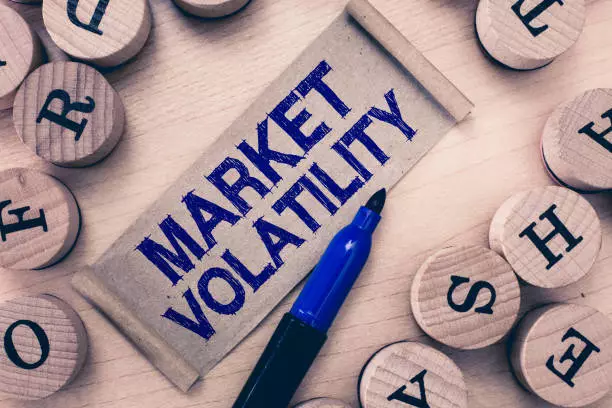The intricate landscape of the U.S. stock market, marked by volatility and geopolitical tensions, has raised concerns among investors and analysts alike. With the onset of October traditionally associated with increased market fluctuations, recent developments point towards a turbulent economic environment as the nation approaches another significant presidential election. This article explores the latest market dynamics and their implications for investors.
The U.S. stock market experienced a notable dip on October 15, stemming primarily from renewed fears surrounding the ongoing trade tensions with China. The sharp decline in ASML’s stock, a leading semiconductor equipment manufacturer, played a pivotal role in the broader sell-off. ASML slashed its revenue predictions for 2025, which sent its stock tumbling by 16%, making it one of its worst days on record since 1998. Such an adverse performance by a key player in technology manufacturing raised alarms, leading to a chain reaction affecting major stock indices. The S&P 500, which had recently basked in the glow of a four-week rally, shed 0.75% that day, marking its steepest drop in two weeks and reflecting investor apprehension regarding the stability of growth within the tech sector.
The chatter surrounding tariffs, particularly remarks made by Donald Trump regarding his preference for imposing higher tariffs on international imports, added to the unease. This reawakening of trade war rhetoric signals potential disruptions not only to the stock market but to broader economic relationships, especially with China, which has been a focal point in U.S. trade policy. As investors scrutinize these shifts, the uncertainty manifests in heightened implied volatility, evidenced by movements in the VIX index.
October has historically been a month of increased volatility in the U.S. markets, particularly in presidential election years. Data since 1992 shows that the VIX, which measures market volatility, typically experiences a marked increase leading up to the elections. Betting markets currently reflect a competitive race, with Trump holding a slight lead over his Democratic rival, Kamala Harris, further intensifying market speculation in relation to potential policy shifts.
The VIX is not operating in isolation; it often moves in tandem with the Merrill Lynch Option Volatility Estimate (MOVE) Index, which tracks volatility in U.S. Treasury futures. Observing recent surge patterns, the MOVE index has surpassed significant resistance levels, suggesting growing investor anxieties regarding interest rates and borrowing costs alongside stock market weaknesses. The correlation between the VIX and MOVE indicates that an escalated sense of volatility could soon spillover across all financial markets should sentiments deteriorate further.
A closer examination of the S&P 500’s recent trading patterns reveals signs of fatigue. Despite reaching record highs, the index appears to be forming a bearish “Ascending Wedge” pattern which typically indicates a potential downturn. With key resistance at 5,930 and support at 5,675 (the 50-day moving average), the index’s next movements will be critical in determining its trajectory.
A decline below these support levels may trigger further corrective actions, exposing additional supports at 5,390 and 5,100. Conversely, a breakthrough above the resistance could suggest an ongoing bullish trend, pushing the index towards higher targets at 6,110 and beyond. The interplay of these technical indicators alongside macroeconomic factors complicates the current outlook for investors.
As uncertainty looms, investor strategies must adapt to the evolving landscape. The implications of increased market volatility and political tensions necessitate careful consideration of risk management. Allocating assets to hedge against potential downturns or diversifying holdings across sectors, particularly those less sensitive to tariff impacts, might prove prudent.
The intersection of political maneuvering, trade policies, and market volatility presents a challenging environment for investors. Understanding these dynamics, bolstered by technical analysis and historical context, will be crucial in navigating the complexities of the current market and making informed decisions as the presidential election approaches. The near-term outlook remains fraught with challenges, yet also opportunities for those who can adeptly read the signals of a turbulent market.

